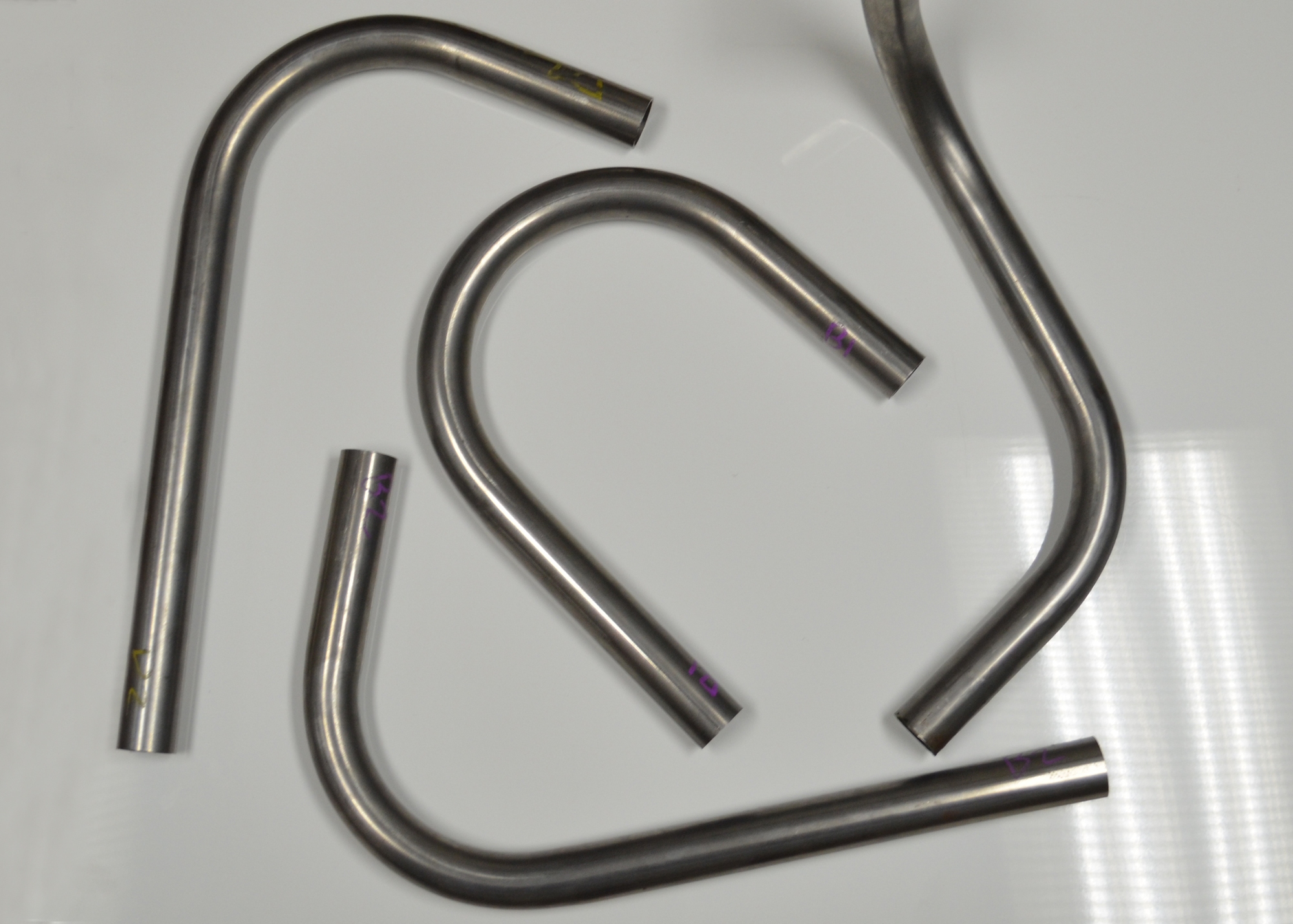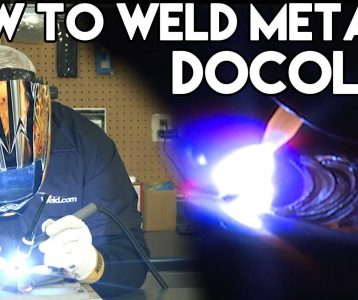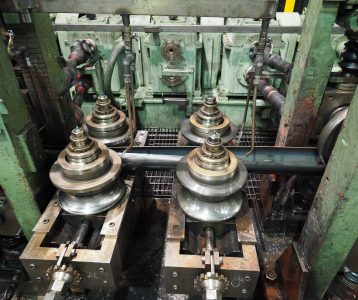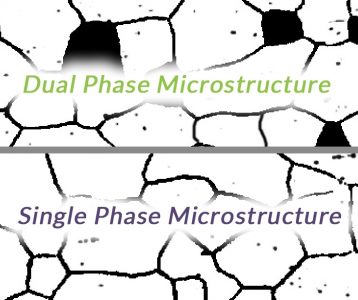A common question our sales staff receives is, “What should I know before I bend Docol® Tube R8?"

The answer is bending Docol® is very similar to bending 4130 Chrome Moly, as they have the same bending parameters, so it is not much of a change in your normal process when bending Docol®.
Here is what to know when preparing to bend Docol® Tube R8:
- The tooling must be proper sized (metric sizes will not work).
- Tooling must be clean and in good condition.
- Docol’s® higher strength may pose a challenge to some equipment not suited for working with Advanced High Strength Steels.
- Due to Docol’s® higher strength compared to a 4130 or Mild Steel, you may have to perform a farther bend to account for a larger “spring back.”
- It is important that you do not over-bend the Docol® tube and then try to bend it back, as this can cause deformation and therefore weaken the bend.
- Docol® tube has a much cleaner and smoother surface than 4130. 4130 has a decarb layer, which helps with grip inside the tooling. Be sure to eliminate this slippage when working with Docol®, as this could cause deformation in the bend. A couple of ways to stop any slippage is to use a collar or place an emery cloth between the tube and the tooling.
- Weld seam orientation is not necessary, but it is recommended to orient the seam in the neutral position (not on the ID or OD of the bend) whenever possible.


